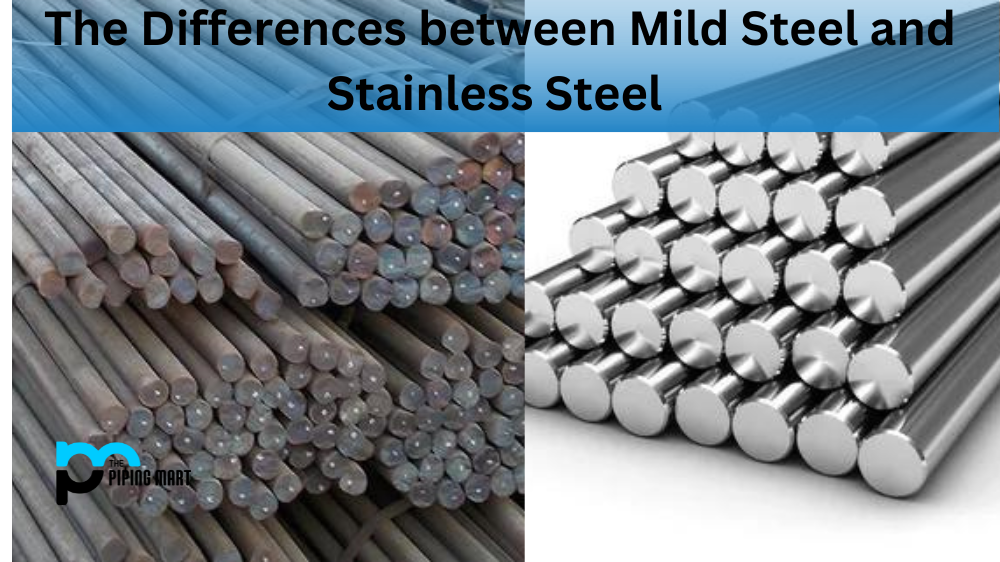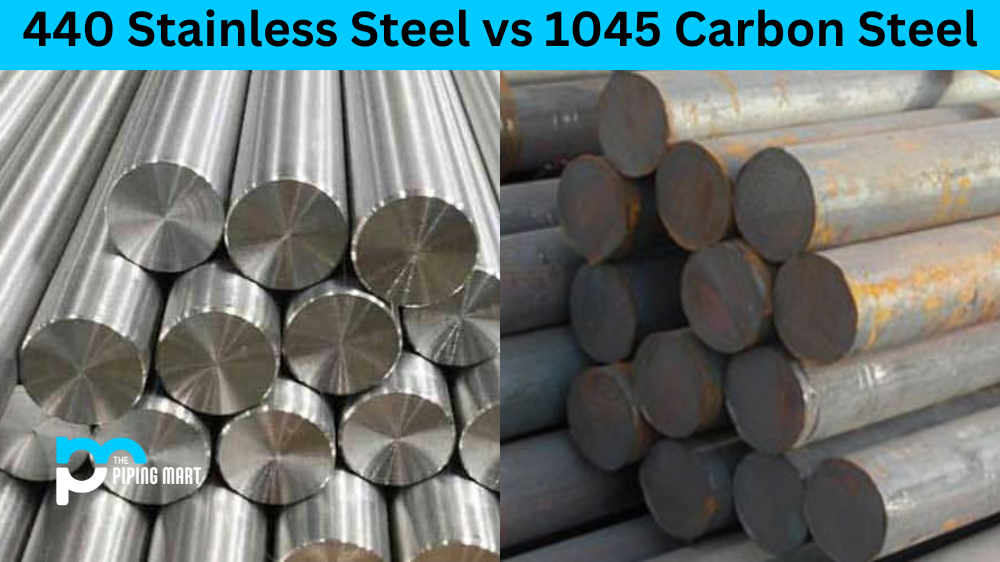When it comes to metalworking, two of the most commonly used metals are mild steel and stainless steel. While they are both durable, there are some distinct differences between the two that make them better suited for certain applications. Let’s take a look at what sets mild steel and stainless steel apart.
Mild Steel vs Stainless Steel
Mild steel is an alloy made up of iron and 0.12-2% carbon. It has a high tensile strength, which allows it to be used in the construction of bridges, buildings, automobiles, ships, appliances, and more. Mild steel is also malleable enough to be formed into various shapes without breaking or cracking. However, due to its low corrosion resistance, it isn’t suitable for outdoor use or applications that involve contact with water or acids.
Stainless steel is an alloy made up of iron, chromium (0-20%), nickel (0-8%), molybdenum (0-4%) and other elements like manganese (1-8%). It has a higher corrosion resistance than mild steel which makes it suitable for outdoor use or applications that involve contact with water or acids. It is also resistant to fire damage as well as high heat temperatures making it ideal for kitchen appliances such as cookware or dishwashers. Additionally, stainless steel is more aesthetically pleasing than mild steel due to its reflective surface which can give off a glossy shine when polished regularly.
The main difference between mild steel and stainless steel lies in their composition; while mild steel contains only iron and carbon as its base elements; stainless steels contain chromium along with other elements such as nickel, molybdenum etc., which makes it more corrosion resistant than mild steel. Additionally, unlike mild steel which needs regular maintenance against rusting due to its low corrosion resistance; stainless steels do not require any special maintenance since they have a higher corrosion resistance due to the presence of chromium content in them.
Composition
Mild steel and stainless steel are both iron-based metals. However, mild steel contains a lower percentage of chromium, while stainless steel contains a higher percentage. Chromium is a key element in the formation of rust. As a result, mild steel is more susceptible to rusting than stainless steel.
Strength
Mild steel is weaker than stainless steel. This is due to the lower percentage of chromium in mild steel, which makes it less resistant to corrosion. As a result, mild steel is often used in applications where strength is not a primary concern.
Cost
Mild steel is cheaper than stainless steel. This is due to the lower percentage of chromium in mild steel, which makes it less expensive to produce. As a result, mild steel is often used in applications where cost is a primary concern.
Appearance
Mild steel has a dull, matte appearance. This is due to the lower percentage of chromium in mild steel, which makes it less reflective. As a result, mild steel is often used in applications where appearance is not a primary concern.
Maintenance
Mild steel requires more maintenance than stainless steel. This is due to the fact that mild steel is more susceptible to rusting than stainless steel. As a result, mild steel must be regularly cleaned and treated with Rust-Oleum or another rust-preventative product in order to prevent rusting
Conclusion
In conclusion, although both mild steel and stainless steels share some characteristics such as strength and durability; their differences lie in their composition—mild steels contain only iron and carbon whereas stainless steels contain chromium along with other elements such as nickel molybdenum etc., which makes them more resistant to rusting compared to mild steels. So if you’re looking for metal parts with superior durability that can withstand harsh environments then stainless steels should be your go-to choice over mild steels! For metalworkers and DIYers looking for strong yet aesthetically pleasing materials for their projects then both metals have something unique to offer depending on the application at hand!

Pipingmart is a B2B portal that specializes in metal, industrial and piping items. Additionally, we share the latest information and information about materials, products and various types of grades to assist businesses that are involved in this business.




